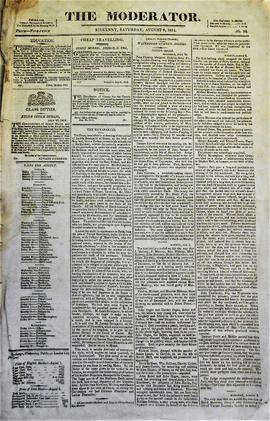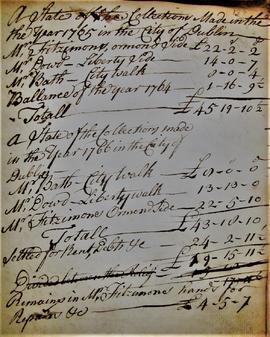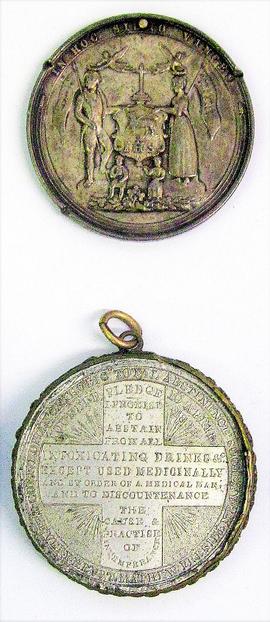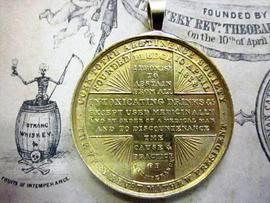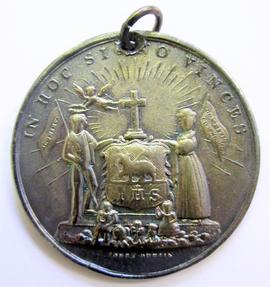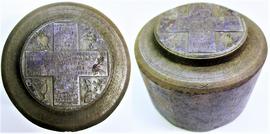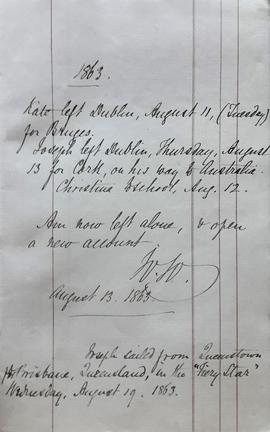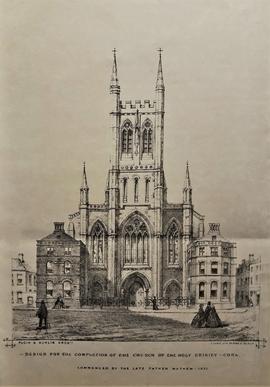- IE CA KK/11/1
- File
- 1782-1799
Part of Irish Capuchin Archives
Founded by Edmund Finn in 1767, this newspaper was published in Kilkenny twice weekly (on Wednesdays and Saturdays). It also included local news from surrounding counties including Carlow, Kildare, Tipperary, and Waterford. Following the death of her husband in 1777, Catherine Finn took over the running of the paper. It was subsequently published as the 'Leinster Journal' (1801-1830), and the 'Kilkenny Journal and Leinster Commercial and Literary Advertiser' (1832-1922). The file includes the following editions:
1782
30 Mar. 1782 (Vol. XVI, No. 27)
10 Apr. 1782 (Vol. XVI, No. 30)
1789
7 Jan. 1789 (Vol. XXIII, No. 3)-12 Dec. 1789 (Vol. XXIII, No. 100)
1792
21 Jan. 1792 (Vol. XXVI, No. 7)
28 Mar. 1792 (Vol. XXVI, No. 26)
31 Mar. 1792 (Vol. XXVI, No. 27)
6 June 1792 (Vol. XXVI, No. 46)
9 June 1792 (Vol. XXVI, No. 47)
20 June 1792 (Vol. XXVI, No. 50)
14 July 1792 (Vol. XXVI, No. 57)
18 July 1792 (Vol. XXVI, No. 58)
8 Aug. 1792 (Vol. XXVI, No. 64)
11 Aug. 1792 (Vol. XXVI, No. 65)
1794
17 Dec. 1794 (Vol. XXVI, No. 102)
1796
13 Jan. 1796 (Vol. XXX, No. 5)-14 Dec. 1796 (Vol. XXX, No. 101)
1799
19 June 1799 (Vol. XXXIII, No. 41)
*Both the 1789 and 1796 runs are largely complete. Most of the editions in these years are bound together with cotton twine.


